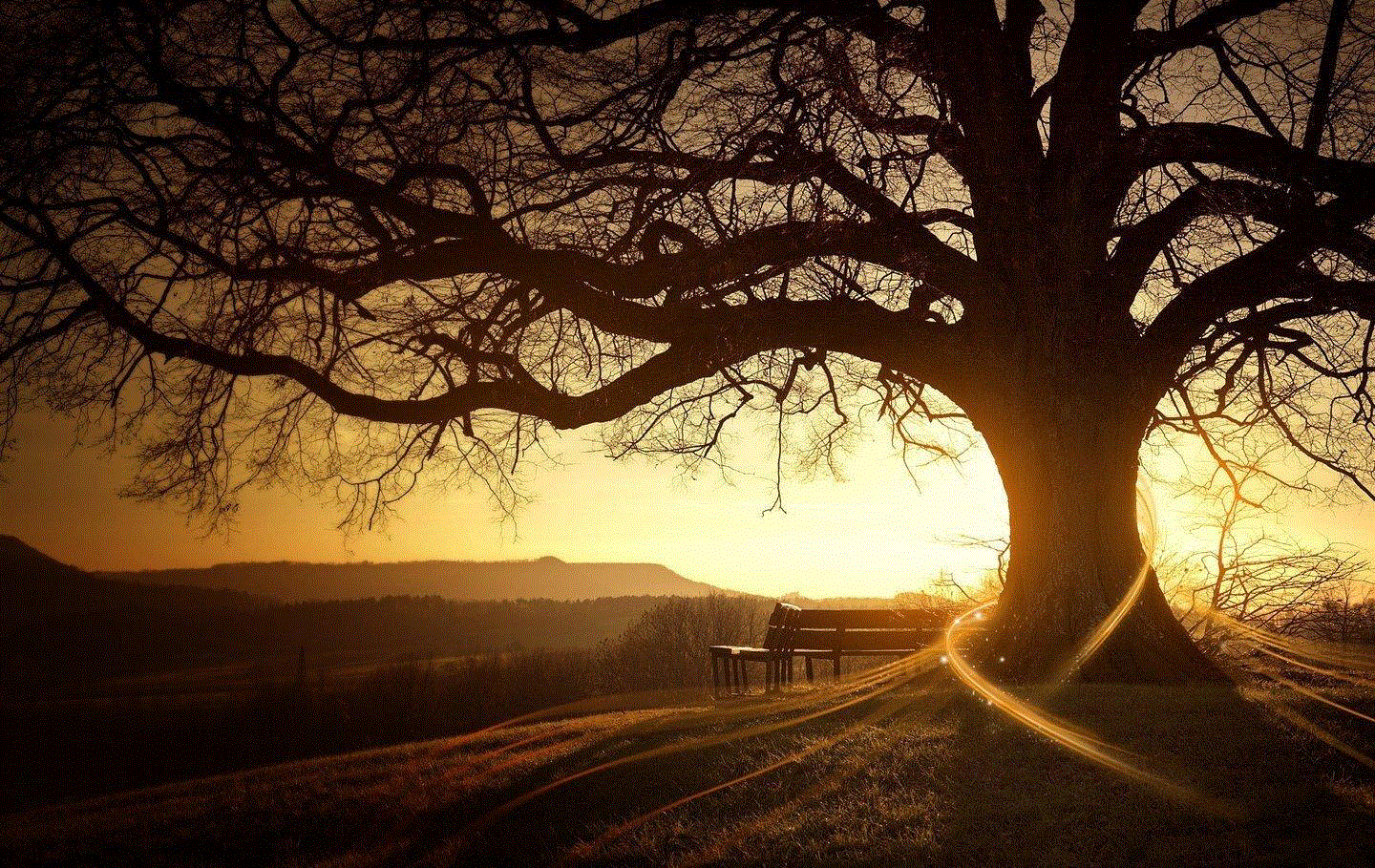The Ancient "Ladd" Manor in England
Gathered by:
Donald M. Ladd, Jr. of Los Altos, Calif.,
|
|
"The name Ladd
or Lade, both spellings belong distinctly to the same family,
is essentially Kentish. The Estate of Bowick in the Hundred of Loningsborough was
in very ancient times, the residence of the Ladds. The name traveled over the border
into Sussex but all documents point to the existence of but one family of Ladds
previous to the seventeenth century." So wrote Mr. E. de Vermont in 1886 in
America Heraldic, the first major endeavor to regularize armorial bearings
of American citizens. He included only those arms brought to the New World prior to
1800.
|
|
The
Estate mentioned, called Bowick, Bowyck or, at present Boyke
Manor, is located at Ottinge in Elham Parish, Kent, the
village of Elham lying close by. Of interest is the fact
that the first mention of the name occurs in documents of
the years 1122 to 1136 "Boiwiche" being the
spelling given. The meaning: "boy" or "young
man" plus "wic, " a dwelling place, which
would seem to mean the surname of its owners. Family charts
generally begin with John Ladd, ob. 1475, though of course,
family occupancy antedated him considerably. In the Visitations
of Kent he is listed as John Lade of Otting in Elham.
|
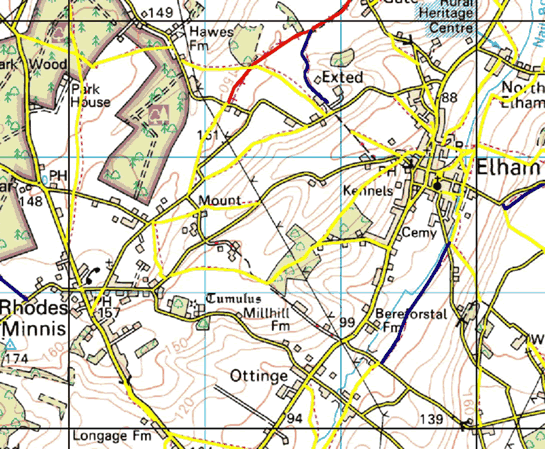
|
|
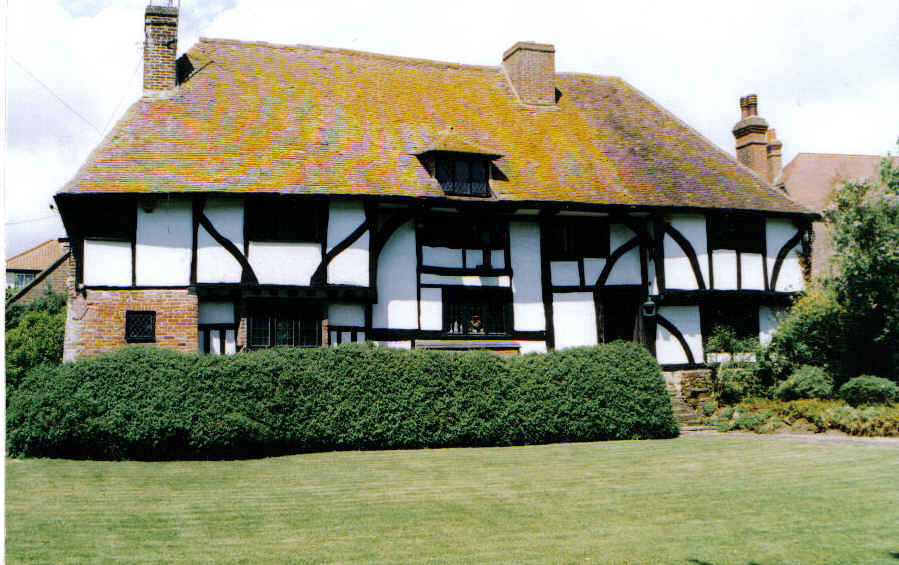
|
"Bowick,
says Hasted's History of Kent, 18th century, is a
manor in the southwest part of Elham Parish, situated in the
borough of its own name, which was 'in very ancient times'
the residence of the Lads' who in several of their old
evidences were written de Lad. The manor reputedly passed
from the family in 1601 through the marriage of Sylvester
Ladd, daughter of one Vincent, into the Nethersole Family.
Their wills, preserved in Canterbury, exist from time of
Henry VI. (15th century) They constantly styled themselves
'of Elam'."
|
|
The
manor house which stands today is an example of the
"Kentish Hall" house and was begun about 1470,
however, there are no longer manorial lands connected with
it. Originally, a central hall was constructed, open from
floor to roof, without chimney, the fire burning in a
central brazier and the smoke escaping or, expected to do
so, through slatted openings high up on the walls. On one
side of the hall was a double story wing, one containing the
parlor and apartment of the owner and wife, the other the
buttery and accommodation for maids and children. In the
hall on the plastered tile floor strewn with rush, the men
servants slept. Fireplaces were for the parlor or the bed
chambers. Construction was of wattle, rock and plaster,
secured by great timbers of oak.
|
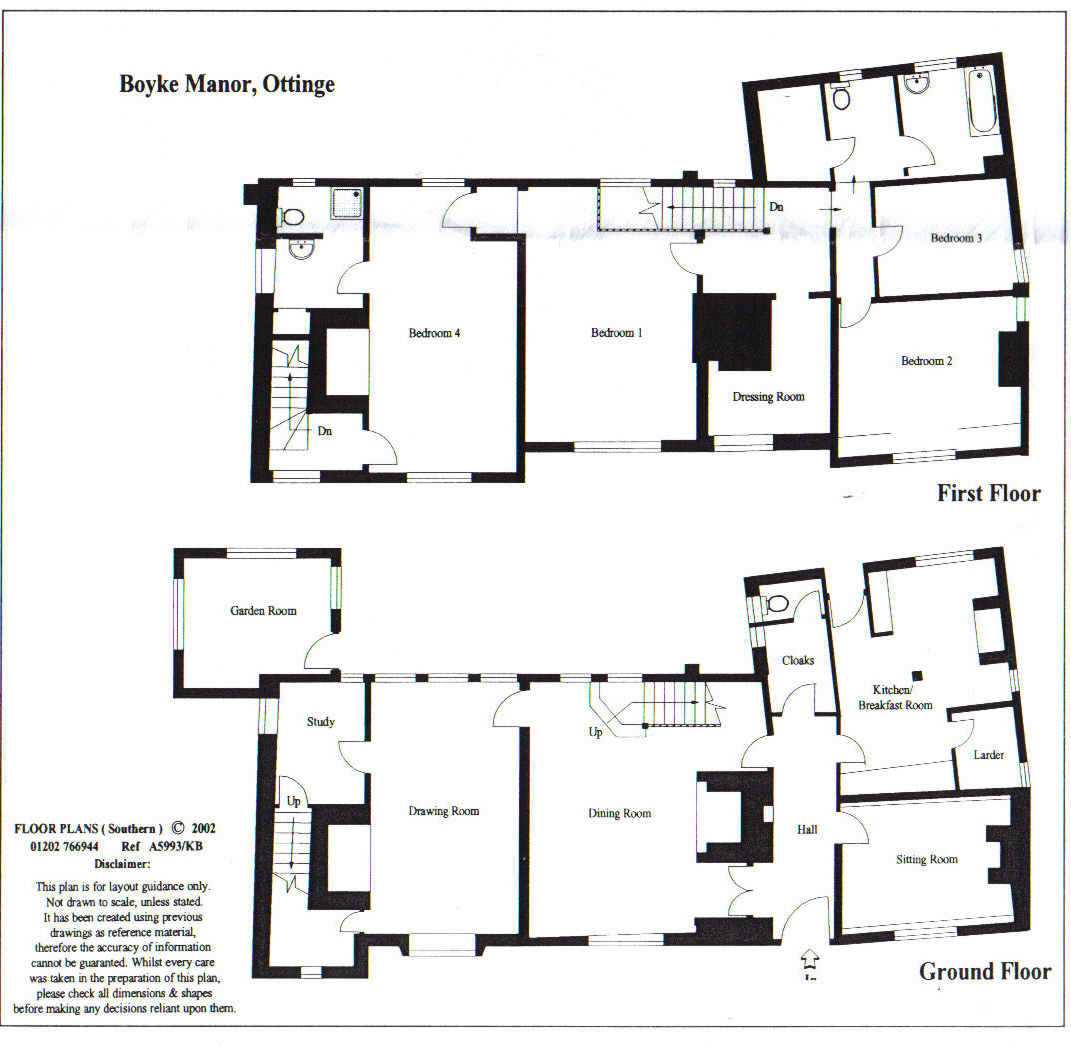
|
|

|
Many
of these timbers came from decommissioned ships and may be
seen in the interior ceiling. Later a great chimney was
added and a second story was built inside the hall. One
large beam near the entrance had its original location in
the old monastery of Elam, destroyed at the time of the
dissolution of ecclesiastical properties by Henry VIII.
Perhaps dating from the same era is the secret room or
"priest's hole" which can be entered by pressing a
section of Tudor paneling in the drawing room. This room, on
the ground floor of one of the original "wings,"
boasts a large fireplace with dark carved woodwork.
Interestingly enough, until the latter part of the
nineteenth century a ladder arrangement was used to climb
upstairs. Now there is a pleasant staircase.
|
|
The
appearance of Boyke Manor is striking. Its facade, a
National Monument, is storybook Tudor: white with great dark
beams, a few, by design, hewn from curving branches; hip
roof of tile; mullion windows, and a minimum of brick at the
foundation. Boyke today also comprises a thatched barn,
dovecote and flower gardens. Its ghost, a restless faceless
monk, was exorcized in the 1950s.
|
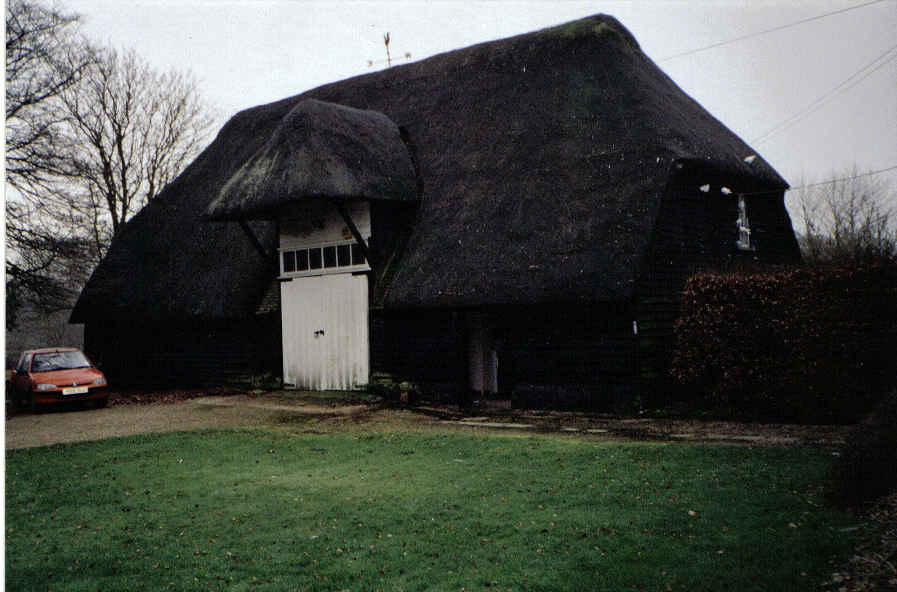
|
|
"Ladwood,
states Hasted, was another manor in Elham Parish, lying at
its eastern boundary next to the Parish of Acrise, to which
it now belongs. The name was sometimes written Ladswood to
signify that it was the property of the Ladds of Boyke Manor."
|
|
The
present house displays a brick exterior over the original
Tudor construction, with tile roof and is possessed of an
18th century addition set at right angles to the house. At
an early date the Rolph family became the owners. The
fireplace is the oldest part of the structure and may date
from an earlier era than the remainder of the habitation.
The house lies at the bottom of a small valley of the same
name - Ladwood. On a ridge to the west stands the ancient
Lad Wood which gave its name to the old manor which was
first recorded as Ladwude in 1240. The first individual
owner known is one William Ladd, 1304, who was doubtless
lord of Boyke.
|

|
|
The
Ladd Family has been quite prominent in England ever since
William I, surnamed "the Conqueror," King of
England and Duke of Normandy, invaded England in about 1060.
They were evidently loyal supporters and followers of his,
very likely officers in his army as they were granted land
in Kent County, not far from Hastings where the decisive
battle - "Battle of Hastings," was fought, in
which he won the right and title to the Crown of
England. Ever since that time, the family, spelling
their names variously according to the changes of time and
circumstances, de Lad, le Lad, Lade and Ladd, have lived in
that and adjoining counties. Edward Wales Ladd, of London,
states that his ancestors, the first Lads came to England
with William the Conqueror from France and settled at Deal,
Kent County, where a portion of land was granted them. His
remote ancestors, he says, were seafaring people -
Government pilots at Margate. (Most of the above paragraph
was gathered from the "Ladd Family," but not
verbatim, published by Warren Ladd, 1890.)
|
|
The
Ladd coat of arms bears further proof that the Ladds were
followers of the Royal Family; for on the shield are three
scallop shells which proof designates that their ancestors
had visited the Holy Land. Now in 1096, Robert, the eldest
son of William, (the " Conqueror,") who, by
succession should have been King - but wasn't; mortgaged his
right and title to Normandy to his brother for a sufficient
sum for him to join the Crusade to the Holy Land. We deduced
that the younger generation of Ladds joined Robert - hence
the scallop shells on the Ladd coat of arms. It is said,
too, that during the middle ages, the Pilgrims who visited
the shrine of St. James at Campo Stella, ornamented their
clothing with scallop shells. The latter is in Spain. (From
encyclopedia and "query column" of Richmond
Times-Dispatch.)
|

|
|
There
have been quite a few titled Ladds through the centuries as
well as representatives in Parliament. Hasted, in his History
of Kent, says the family is one of good antiquity in
this country, in several parts of which they were possessed
of land which still bears their name. In the history
of Hampshire, one William Ladd is mentioned as a juryman
1294 in the reign of Edward I. In the History of Surry it is
said that in 1325, King Edward II, bought the Henley Manor
which he granted to the Bishop of Exeter; the next year he
revoked the grant and transferred it to Walter Lad. This
manor contained 1,344 acres. From 1713 to 1722, John Ladd
represented Southwark in Surry in Parliament; and was
created a Baronet in 1740." (From the Ladd
Family.)" February 20, 1955 [should be 15??], Thomas
Ladde was a witness to the will of James Diggs of the Parish
of Barham, Kent County, England. The will was proved
November 20, 1540. (Va. State Library.)
|
|
From
the Almanac of Liberty by William 0. Douglas, he
mentions one Thomas Ladd, a merchant, who, in 1607 had
attended a secret meeting of an outlawed religious group and
was imprisoned by the high commission. Nicholas Fuller, as
counsel sought his release by habeas corpus in the civil
courts on the ground that it was unlawful and that the
Commission had no authority to impose fines or to imprison
men. Fuller was fined 200 pounds and imprisoned for his
efforts.
|
|
|
| |

|
On your next holiday in England, why not stay where your Ladd ancestors lived 500 years ago!
Visit Boyke Manor Cottages at:
http://www.boykemanorcottages.co.uk/home/
|
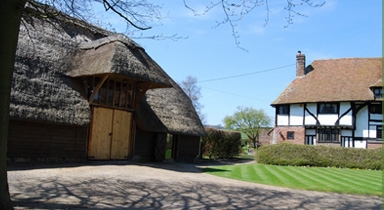
|
|
"We would always give a special welcome to the Ladd families and a tour of the Manor House...." Paul Wilkin |
|
|

